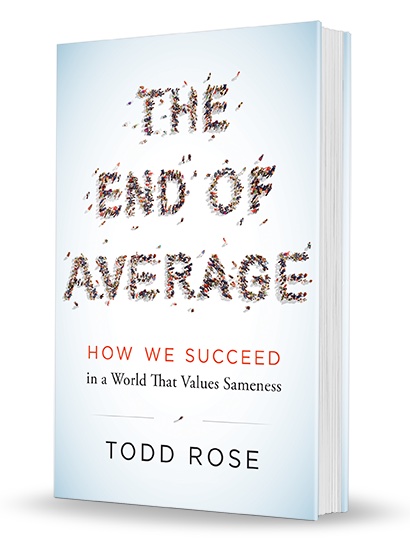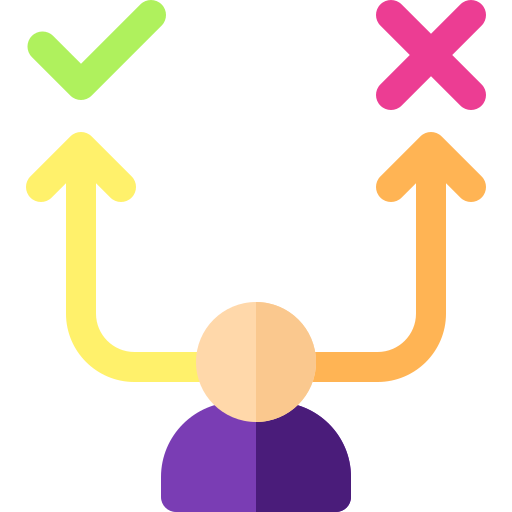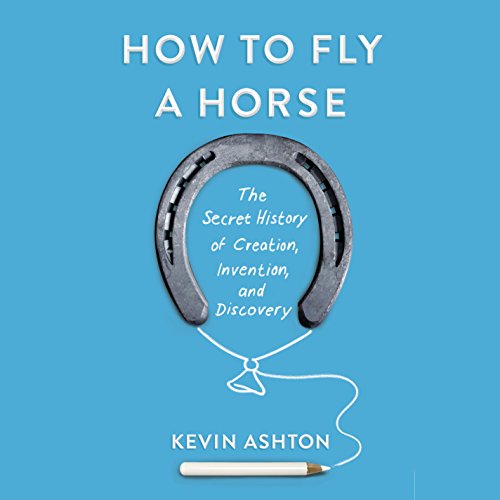I just finished reading #theendofaverage by Todd Rose and recommend it highly to parents with children in high school for its insights into our 19th-century education and industrial models which we and our children are subject to on a daily basis.
This book resonated deeply with me, as someone who did not fit the mid-20th century education mold due to an attention deficit disorder and slight dyslexia. I hated school but loved certain subjects and was really good at them and really bad at others. I also dreaded performance reviews at work, another artefact of the average and Taylorism.
We owe our current education systems, based on standardised testing to the ideology of Frederick Winslow Taylor, in the late 19th-century. Taylor theorised that the way to increase efficiency and productivity in a workplace is to scientifically analyze and optimize the work process. Taylorism gave rise to the "average" as a yardstick for measuring productivity, intelligence, height, body-mass, you name it. The current education system was optimised to produce workers for 19th-century Taylorised industrial environments and it still is, with a few notable exceptions.
Rose illustrates how the use of the average has created a one-size-fits-all model in education, where students are subject to standardised tests and sorted to fit into predetermined academic streams rather than being allowed to explore and develop their individual strengths and talents.
He provides examples in the business world, using the same approach, where employees are often evaluated and rewarded based on how well they conform to the average rather than on their unique contributions and potential.
Rose uses a simple comparison between #Costco and #Walmart to contrast the impact of the Taylorist model in retail, Walmart vs. an operating model at Costco that recognizes and nurtures individual differences and where employees at all levels participate in profit sharing. Annual staff turnover at Walmart is 40%, it's 6% at Costco and Costco is extremely profitable in a sector where profits are measured in pennies.
I believe that quiet quitting thrives in organizations like Walmart and education institutions where Taylorist operating models treat and mould people as replaceable cogs in machines.
Highly recommended and thanks for the recommendation Bob Moesta
4 min read
The end of average - book review
By Mark Gibson on Apr 5, 2023 4:18:04 PM




